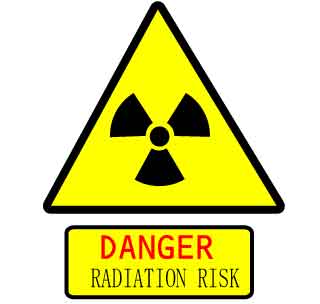Each pictogram covers a specific type of hazard and is designed to be immediately recognizable to anyone handling hazardous material.
EXPLOSIVE SUBSTANCES:
Substances that explode near a flame. For example: Nitroglycerin
(dynamite).
FLAMMABLE SUBSTANCES:
Substances that burn easily. According to its ignition temperature,
we can distinguish between FLAMMABLE SUBSTANCES, EASILY FLAMMABLE
SUBSTANCES (at room temperature without energy input) or EXTREMELY
FLAMMABLE SUBSTANCES (whose ignition point is below zero).
Examples: Gases such as
propane and butane (natural gases), H2 hydrogen, white
phosphorus (it burns quickly and produces blanket of smoke).
OXIDISING SUBSTANCES:
Substances that oxidize other substances and produce an exothermic
chemical reaction (which releases heat) in case of being in contact
with flammable substances. Oxidisers are chemicals that facilitate burnings. Hydrogen peroxide (H2O2)
and oxygen (O2) are two examples of oxidizing agents.
Substances that once
absorbed (via INHALATION, SKIN CONTACT or INGESTION) are dangerous:
- IRRITANT SUBSTANCES: An irritant substance causes inflammation and
damages in skin and mucosa (eyes). For instance: Ammonia (NH3),
acids and bases, ... .
Exclamation Mark: An immediate skin, eye or respiratory tract irritant, or narcotic.
- CORROSIVE SUBSTANCES: Acids and strong bases destroy tissues and are corrosive to metals. For example: Sulfuric acid (H2SO4). chloridric acid (HCl) amd caustic soda (NaOH) cause thermal burns.
- ACUTE TOXICITY
SUBSTANCES: Substances that cause serious and chronic damage,
even death. For example: Cyanide salts (it is a poison for cellular
respiration), arsenic (As) and other heavy metals (mercury, cadmium,
lead, ...).
CARCINOGENIC
SUBSTANCES: Substances that increase the risk of suffering from
cancer. For example: asbestos, DDT, tobacco, benzene, etc.
Be
cautious when handling hazardous materials
(such
as
asbestos) and
wear
appropriate
masks and other protection
To learn more: HERE
BEHAVIOUR IN LAB
DRESSING FOR SAFETY
EMERGENCY EQUIPMENT
BEHAVIOUR IN LAB
DRESSING FOR SAFETY
EMERGENCY EQUIPMENT
BASIC CHEMISTRY LAB EQUIPMENT:







No hay comentarios:
Publicar un comentario